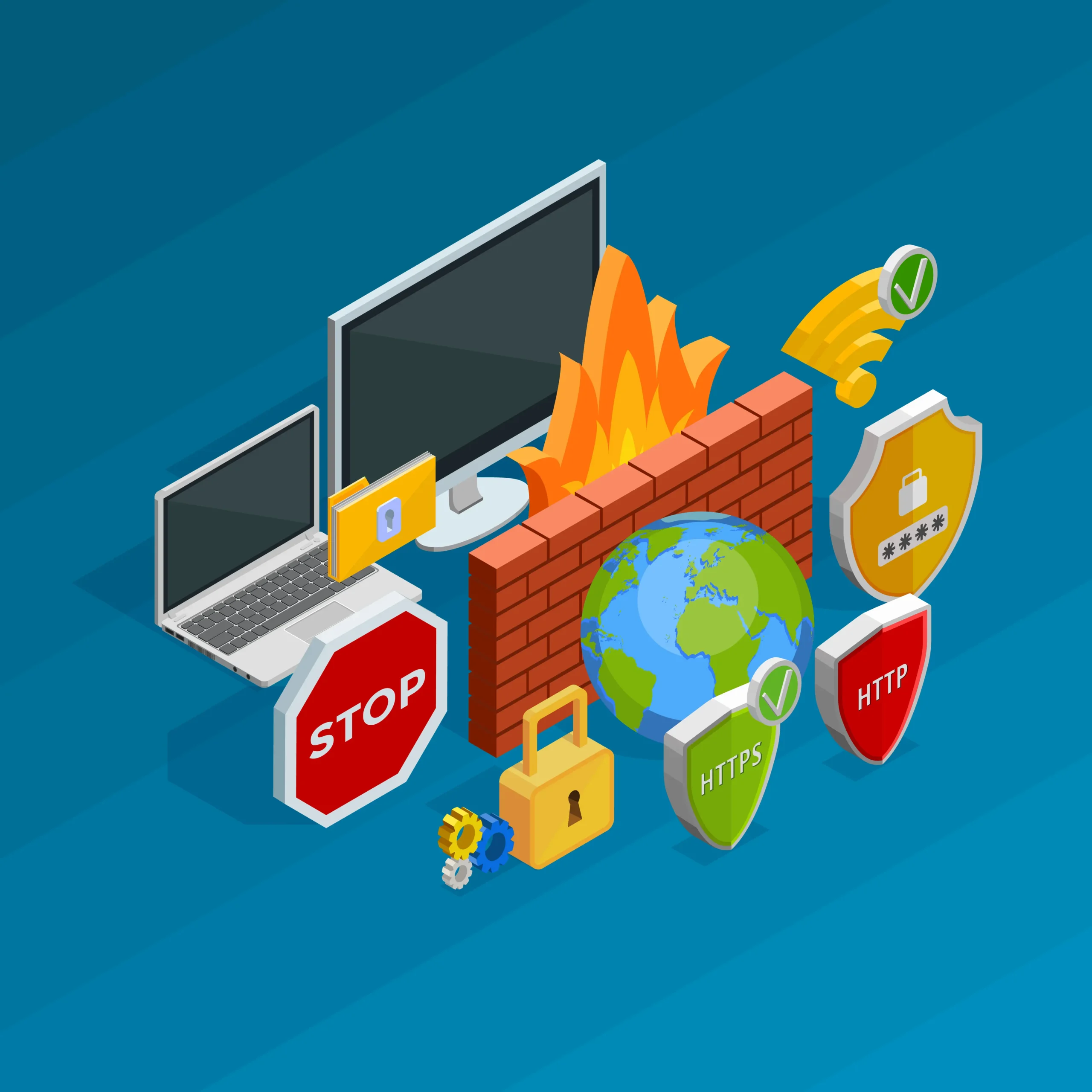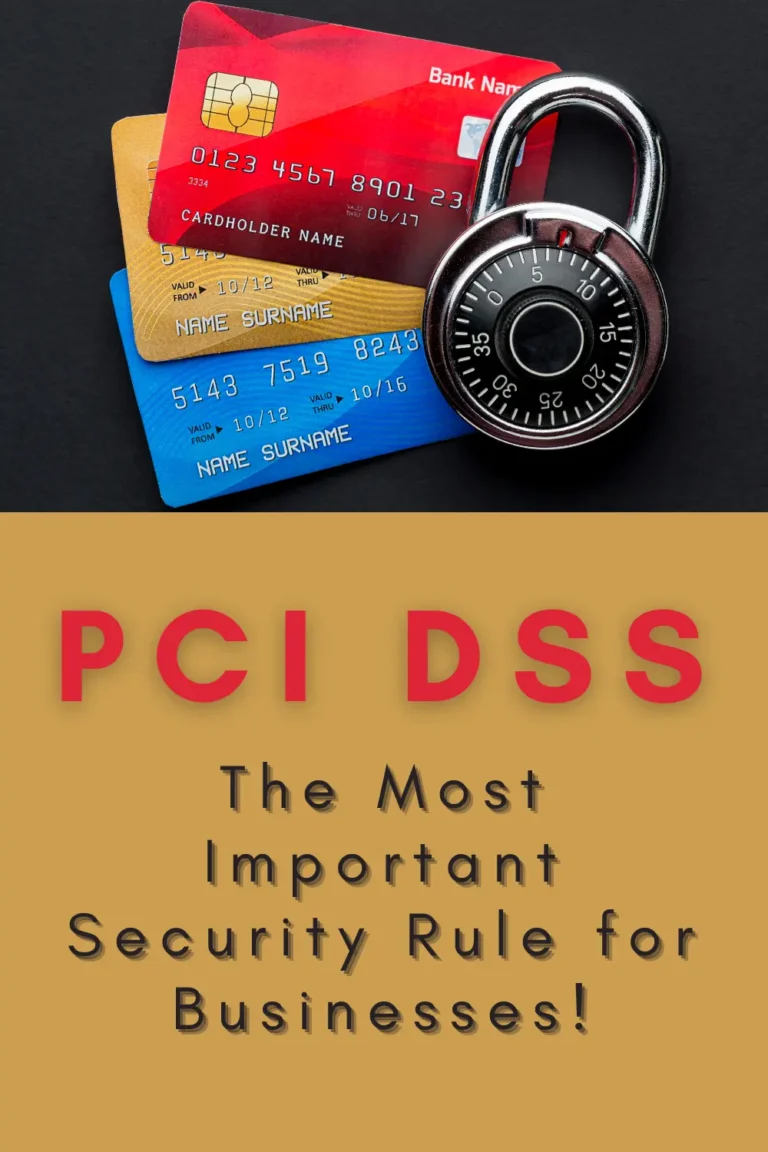Critical Role Of Attack Surface Management In Cybersecurity
As cyberattacks become increasingly sophisticated and frequent, companies must take a proactive approach to mitigate their risk exposure. One essential component of this proactive approach is to use attack surface management software. In this comprehensive guide, we will explain everything cybersecurity professionals need to know about attack surface management software, its benefits, and how to select the best solution for their organization.

Introduction
In today’s world, companies face a growing number of cyber threats. Hackers are continually developing new techniques to breach security and steal valuable data. Attack surface management software can help organizations proactively identify and mitigate vulnerabilities in their systems, reducing their risk exposure.
What is Attack Surface Management Software?
Attack surface management software is a tool used to identify, monitor, and manage an organization’s attack surface. It can identify and track all assets that are exposed to the internet, including devices, servers, and applications. Attack surface management software can also help organizations identify vulnerabilities and misconfigurations that attackers can exploit.

Benefits of Attack Surface Management Software
The benefits of using attack surface management software include:
- Enhanced visibility: Attack surface management software provides organizations with a comprehensive view of their attack surface. This visibility helps organizations identify and prioritize vulnerabilities, so they can take proactive measures to reduce their risk exposure.
- Improved threat detection: Attack surface management software can help organizations detect new threats and vulnerabilities as they arise, enabling them to respond quickly to mitigate their risk.
- Better regulatory compliance: Attack surface management software can help organizations comply with various industry standards and regulations, such as HIPAA and PCI DSS.
- Reduced risk exposure: By identifying and mitigating vulnerabilities, attack surface management software helps organizations reduce their risk exposure and protect their critical assets and data.

How Attack Surface Management Software Works
Attack surface management software works by collecting data about an organization’s internet-facing assets. This data can include IP addresses, domains, subdomains, certificates, and more. The software then analyzes this data to identify vulnerabilities and misconfigurations that attackers can exploit.

Key Features to Consider When Choosing Attack Surface Management Software
When selecting attack surface management software, consider the following key features:
- Asset discovery: The software should be able to automatically discover all internet-facing assets, including servers, devices, and applications.
- Vulnerability scanning: The software should be able to scan for vulnerabilities and misconfigurations that attackers can exploit.
- Continuous monitoring: The software should continuously monitor an organization’s attack surface for changes and new vulnerabilities.
- Reporting: The software should provide comprehensive reporting capabilities that enable organizations to prioritize and address vulnerabilities effectively.

Factors to Consider When Selecting Attack Surface Management Software
When selecting attack surface management software, consider the following factors:
- Ease of use: The software should be easy to use, with an intuitive interface and clear reporting capabilities.
- Scalability: The software should be scalable and able to handle large and complex environments.
- Integration: The software should integrate with other cybersecurity tools, such as vulnerability scanners and SIEM solutions.
- Cost: The software should be affordable and provide value for money.

Attack Surface Management Software Vendors
There are several attack surface management software vendors to choose from. Some of the most popular vendors include:
Attack Surface Management Best Practices
To get the most out of attack surface management software, organizations should follow these best practices:
- Use the software to identify all internet-facing assets and prioritize vulnerabilities based on their criticality and the likelihood of exploitation.
- Integrate attack surface management software with other cybersecurity tools to get a more comprehensive view of your organization’s security posture.
- Implement a continuous monitoring approach to ensure that your attack surface is constantly being assessed for new vulnerabilities.
- Use attack surface management software to comply with industry regulations and standards, such as PCI DSS and HIPAA.
- Ensure that all relevant stakeholders have access to the software’s reporting capabilities to enable effective collaboration.

Common Misconceptions About Attack Surface Management Software
There are several common misconceptions about attack surface management software, including:
- It’s only for large organizations: Attack surface management software is suitable for organizations of all sizes and can provide value for money, even for smaller businesses.
- It’s only for compliance: While attack surface management software can help organizations comply with industry regulations, it also provides many other benefits, such as enhanced visibility and improved threat detection.
- It’s only for IT teams: Attack surface management software is beneficial for all stakeholders involved in cybersecurity, including executives, compliance teams, and risk management professionals.
Conclusion
Attack surface management software is an essential tool for any organization looking to proactively manage its cybersecurity risk. By providing enhanced visibility, improved threat detection, and better regulatory compliance, attack surface management software can help organizations reduce their risk exposure and protect their critical assets and data. When selecting attack surface management software, organizations should consider key features such as asset discovery, vulnerability scanning, continuous monitoring, and reporting, as well as factors such as ease of use, scalability, integration, and cost. By following best practices and addressing common misconceptions, organizations can get the most out of their attack surface management software and proactively mitigate their risk exposure.
FAQs
What is the difference between attack surface management and vulnerability management?
Attack surface management involves identifying and managing all assets that are exposed to the internet, while vulnerability management focuses on identifying and mitigating specific vulnerabilities in an organization’s systems.
Can attack surface management software prevent cyber attacks?
Attack surface management software cannot prevent cyber attacks, but it can help organizations identify and mitigate vulnerabilities that attackers can exploit, reducing their risk exposure.
Is attack surface management software suitable for small businesses?
Yes, attack surface management software is suitable for organizations of all sizes and can provide value for money, even for smaller businesses.
How often should an organization use attack surface management software?
Organizations should use attack surface management software continuously to ensure that their attack surface is being monitored for new vulnerabilities and changes.
Can attack surface management software help organizations comply with industry regulations?
Yes, attack surface management software can help organizations comply with various industry standards and regulations, such as HIPAA and PCI DSS.







